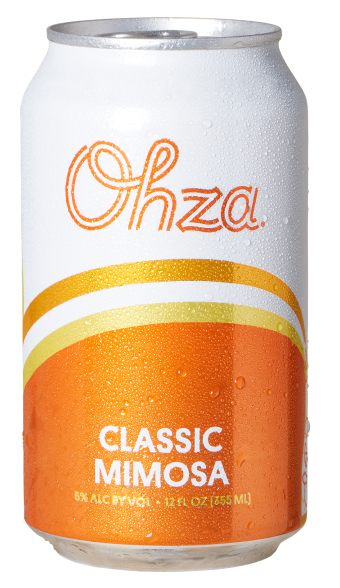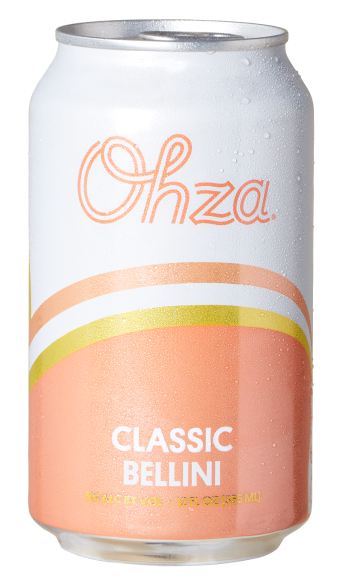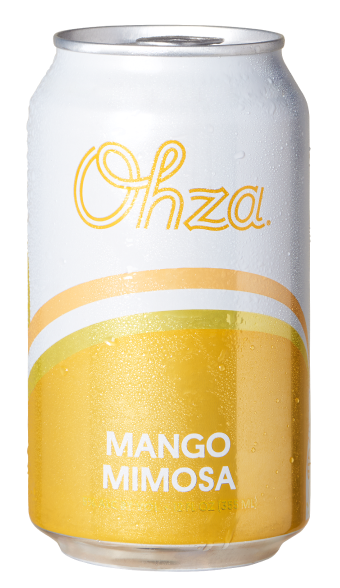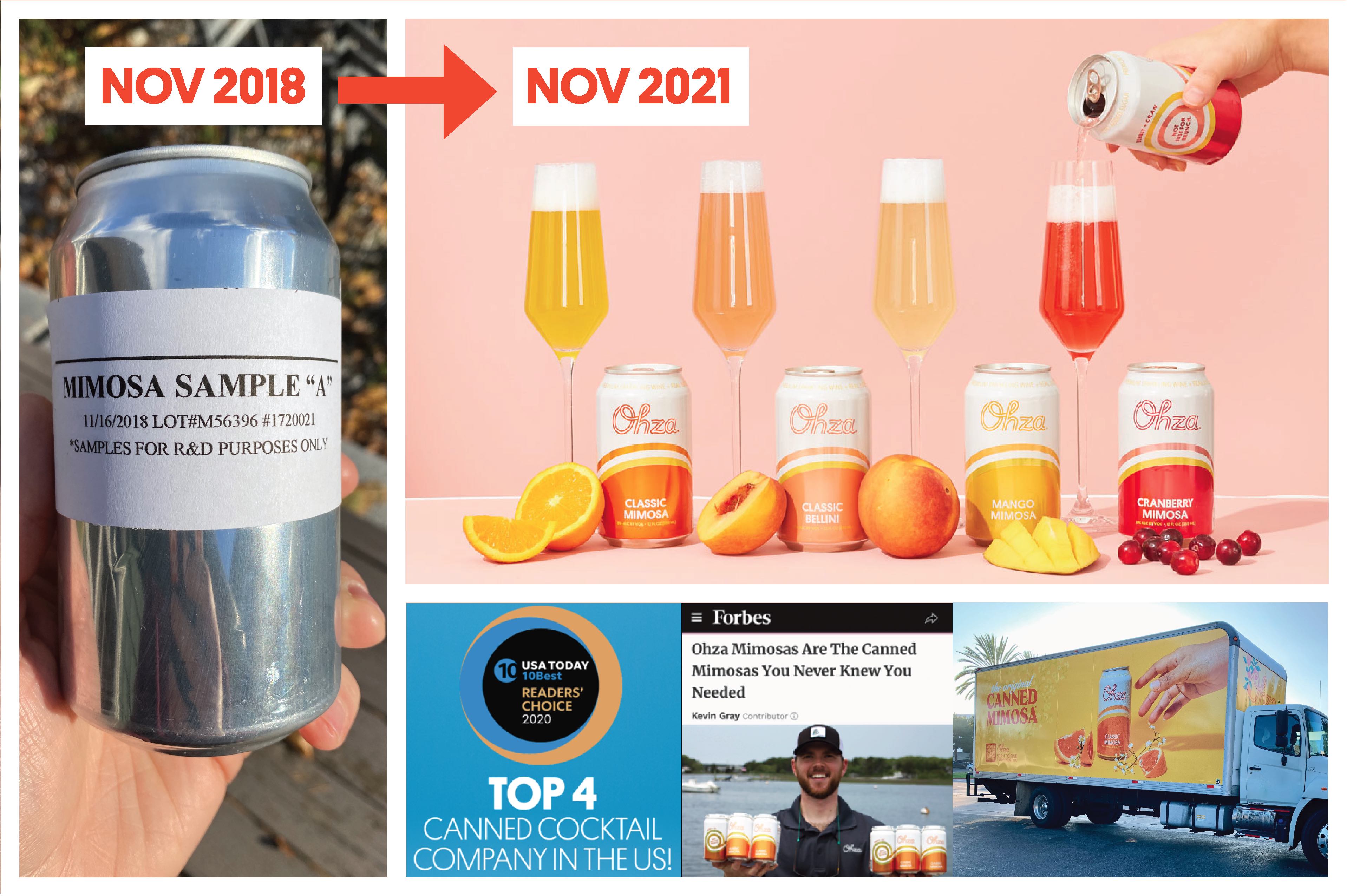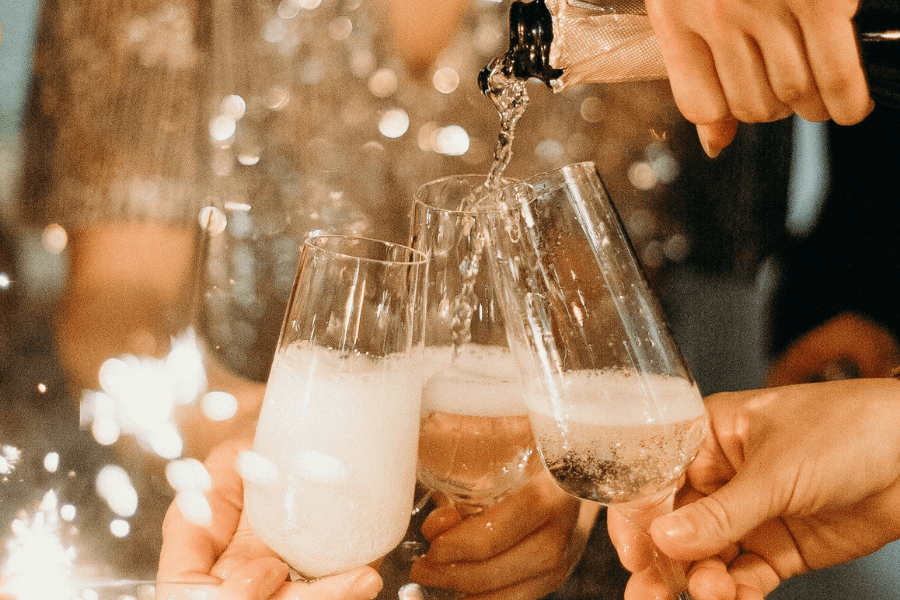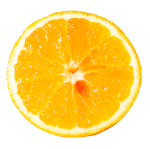The Types of Sparkling Wine, Explained

Sparkling wine is a perfect pairing for any event or celebration. Here at Ohza, we think sparkling wine (or at least sparking wine cocktails) should be enjoyed whenever you’d like, not just for special occasions. However, you might not know what your options are when it comes to sparkling wine.
Each type of sparkling wine has unique flavor notes and textures that pair with various foods and experiences. If you are new to the world of sparkling wine, it can be a bit overwhelming. There are so many options that it’s hard to know what to pick.
So what do you need to know? There is more to sparkling wines than just Champagne and proseccos. Here’s an all-inclusive guide to everything you want to know about all the different types of sparkling wine.
What Is Sparkling Wine?
The term sparkling wine refers to any bubbly type of wine. All it takes to get sparkling wine is to trap carbon dioxide, yeast, and sugars during fermentation, which stick around and create those little bubbles.
While Champagne is probably the most well-known sparkling wine, tons of other sparkling wines are just as good—they are just talked about as frequently.
Sparkling wine has been around for centuries and is not going anywhere anytime soon. Sparkling wines are produced worldwide, and new versions and takes are constantly evolving.
How Sparkling Wine Is Made
Before we break down the different types of sparkling wine, let’s dive into how it is made. To obtain the bubbles we know and love, sparkling wines have to go through specific processes. Most sparkling wine goes through two specific fermentation processes in order to create the flavors and textures that we’ve come to expect.
There are ultimately six different methods to make sparkling wine, but two processes beat the rest due to their efficiency and quality. These two methods are the Traditional Method and the Tank Method.
Traditional Method
This method, also known as the méthode traditionelle, is used to create Champagne. What sets this method apart is the second fermentation process occurs right there in the bottle.
This method gives you the smaller bubbles that are so well-loved in Champagne—and generally, the smaller the bubble, the better quality the wine is considered. This method is also more expensive, which helps boost Champagnes' price tag.
Tank Method or the Charmat Method
During this process, the second fermentation occurs in a large steel tank rather than inside the bottle. This steel tank process produces the larger bubbles that are often found in sparkling wines like prosecco, so some people consider it less refined.
This process is also significantly cheaper than the Traditional Method, so you’ll likely pay less for a bottle created with this method.
The Different Types of Sparkling Wine
When it comes to the different types of sparkling wine, it can be hard to decipher the types. The primary defining characteristic of sparkling wine is ultimately the region. There are six main varieties of sparkling wine that all come from different areas and have different characteristics.
Here’s everything you need to know about all the different types of sparkling wine and their regions.
Champagne
The most famous sparkling wine is Champagne. It’s often the most expensive, and it’s certainly the most well-known. For a sparkling wine to be considered Champagne, it must come from the Champagne region of France. All Champagne is sparkling wine, but not all sparkling wine is Champagne.
Champagne is made using the traditional method, which helps make it more expensive and often less accessible than other sparkling wines. It’s usually characterized by small bubbles and biscuity flavor notes.
Prosecco
Prosecco is the next best thing to Champagne if you can’t get your hands on some or don’t want to splash out for an expensive bottle. It’s affordable, citrusy, and floral.
Prosecco is the Italian version of sparkling wine and tends to be on the sweeter side, with slightly larger bubbles than Champagne.
Cava
Cava is one of the most affordable sparkling wines around. In terms of region, Cava is the Spanish version of sparkling wine. It’s made from Spanish grapes and is made using the traditional method, just like Champagne.
You’ll often find flavor notes of green apple and stone fruits in Cava wine.
Crémant
Crémant is a French sparkling wine produced in multiple places in France, like Limoux, Loire, and Burgundy. It’s made with the same traditional method as Champagne, though it tends to have a nuttier flavor profile when compared to Champagne.
Sekt
Sekt is a German variation of sparkling wine. It often has fairly low alcohol levels, normally running around six percent, while the other options on this list may run higher. It has strong acidity and fruitiness that make this sparkling wine a wonderful choice for any celebration.
Rosé
While not all rosé is sparkling, we happen to prefer the bubbly version over the still one. It’s made all over the world, from Italy to California, with regional variations providing their own specific flavors. It’s pretty and pink and tends to feature light, fruity notes all wrapped up in a juicy package.
Dryness Levels of Sparkling Wine
Regardless of where your sparkling wine was made, you’ll find varying levels of dryness. Dryness is the sparkling wine term for “sweet.” A wine’s dryness is measured by the residual sugars left in the wine after fermentation, and it affects the flavor notes you’ll encounter and what kinds of foods you’d want to pair with it.
Whether you like your wine super sweet or bone dry as they come, there are lots of different options when it comes to sweetness levels.
Here are the different levels of wine sweetness, broken down from brut to dry, and what they mean.
Extra Brut
Extra brut is the driest form of sparkling wine with the least residual sugar. The yeast has consumed most of the sugar during the production process.
Brut
Brut sparkling wines are wines with just a dash of sweetness. Most brut sparkling wines have around 12 grams of sugar or less, and most Champagnes are of the brut variety.
Extra Dry
Extra dry wines have a slight sweetness, and they pair nicely with charcuterie boards and deviled eggs for an added savory contrast.
Demi-Sec
Demi-sec wine is sweet—so sweet, in fact, that it’s almost like drinking your dessert. It’s best to pair this wine with other dessert-style foods.
Types of Sparkling Wine Glasses
Before you can enjoy your sparkling wine properly, it’s crucial to know which glass you are going to enjoy it in. Which kind of glass you choose is absolutely up to you, but if you want to stick to sparkling wine etiquette, you should pick certain glasses over a solo cup.
Since drinking sparkling wine is generally a celebratory event, it’s always a good idea to break out the nice glasses for whatever occasion you are celebrating. Drinking your sparkling wine out of a specific glass not only helps the occasion feel more celebratory, but it makes you feel fancier when you drink it. Four main types of glasses are considered proper for enjoying sparkling wine.
Flute
The most popular glass to enjoy Champagne and other sparkling wines in is, hands down, a flute-shaped glass. It has a thin, tall stem and an elongated glass, which makes it easy to hold. This is the perfect glass choice for a toast.
Tulip
The tulip glass closely resembles the Champagne flute, with some slight variations. With its wider bow and narrower top, this glass shape helps you capture every last bit of flavor and aroma from your drink.
Stemless Glass
Because of this glass's round shape and rounded bottom, it's much harder to knock over than the flute or tulip glass.
Coup
This wine glass is more traditional-looking than the other glasses on this list. Its wide bowl and short stem are nothing less than sophisticated.
Sparkling Wine for the Win
No matter what sparkling wine you choose, each region brings something unique to the table. Wines from each region have specific flavor profiles, from floral notes to fruity flavors and everything in between.
Sparkling wine pairs with so many different moods and celebrations. You never need a specific reason to celebrate.
Here at Ohza, we love sparkling wine and incorporate it into our everyday celebrations. Every single one of our Ohza Mimosas is created with quality sparkling wine and fresh fruit juice for a cocktail that’s made for celebrating the special moments of everyday life.
Sources:
A Guide to Sparkling Wine Varieties | The Spruce Eats
The Newest Trend in Champagne: Drier Than Brut or Even Sugar Free | Forbes